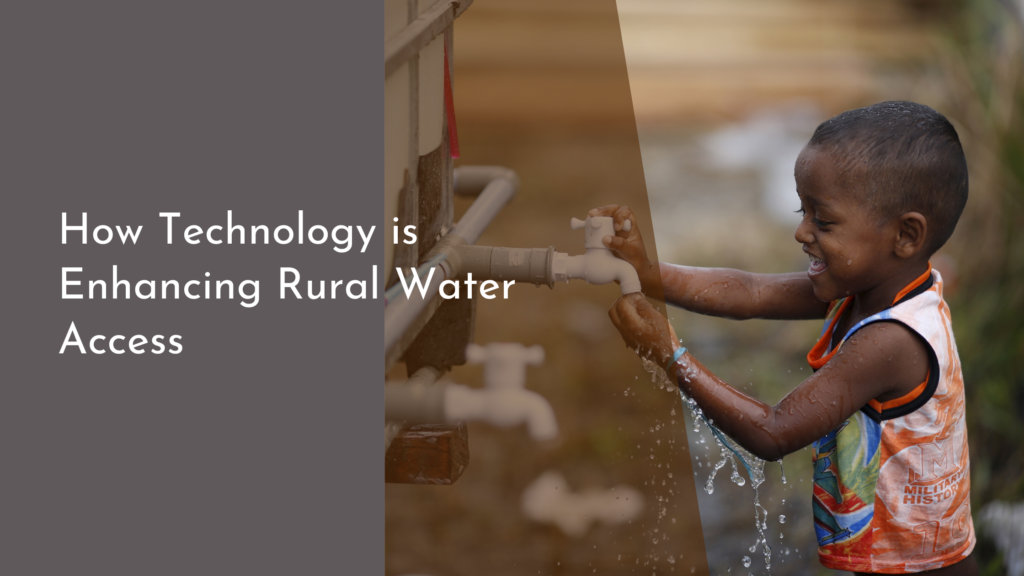Overcoming Common Problems in Rainwater Harvesting
Rainwater harvesting is an age-old practice that has gained renewed interest in recent years due to increasing water scarcity and environmental concerns. By collecting and storing rainwater, individuals and communities can reduce their reliance on traditional water sources, mitigate flooding, and lower their water bills. However, the journey toward effective rainwater harvesting can often be fraught with challenges. This article provides insights into overcoming common problems encountered in rainwater harvesting systems, ensuring that you can enjoy the many benefits that come with this sustainable practice.
Understanding the Importance of Rainwater Harvesting
Rainwater harvesting offers a plethora of benefits that extend beyond mere water conservation. It serves as a sustainable solution to combat water scarcity, particularly in areas prone to drought. By utilizing rainwater, we can alleviate pressure on local reservoirs and aquifers, ensuring a more sustainable balance in our water systems. Furthermore, this practice helps mitigate urban flooding, as stored rainwater can be channeled away from storm drains, thus reducing the risk of overflow and property damage.
Beyond environmental advantages, rainwater harvesting can also promote economic savings. Collecting rainwater means lower utility bills, as less water is drawn from municipal supplies. For farmers and gardeners, utilizing rainwater for irrigation can significantly reduce costs and provide high-quality water free of contaminants. As communities increasingly recognize the importance of sustainable practices, rainwater harvesting stands out as a key solution to address both environmental concerns and economic burdens.
Identifying Frequent Challenges in Rainwater Systems
Despite its many advantages, rainwater harvesting systems often encounter a range of common challenges. One of the primary issues is contamination, as debris, leaves, and pollutants can accumulate on rooftops and in gutters, compromising the quality of collected rainwater. Additionally, improper filtration systems can lead to contamination, making stored water unsuitable for certain uses. This issue not only affects the efficiency of the system but can also pose health risks if water is used for drinking or cooking without proper treatment.
Another challenge is system maintenance. Without regular upkeep, components such as gutters, downspouts, and storage tanks can become clogged, leading to reduced water flow and potential damage. Homeowners may also struggle with sizing their rainwater harvesting systems correctly to meet their water needs, resulting in either an excess of unused storage or insufficient capacity during heavy rainfall. By identifying these challenges early, users can implement strategies to ensure their systems operate efficiently and effectively.
Practical Tips to Solve Rainwater Harvesting Issues
To combat contamination, it’s essential to incorporate effective filtration mechanisms at the entry points of your rainwater system. A first flush diverter can be particularly beneficial, as it prevents the initial dirty runoff from entering the storage tank. Additionally, regular maintenance of gutters and downspouts is critical; cleaning them at least twice a year can help minimize debris and pollutant buildup. For those serious about quality, consider using UV or charcoal filters to enhance water purity before use.
When it comes to system sizing, conducting a thorough assessment of your average water needs is crucial. Consider factors such as roof area, average rainfall, and intended water usage to calculate the appropriate storage capacity. Installing an overflow system will also help manage excess water during heavy rains, directing it toward gardens or drainage areas rather than causing damage. By taking these proactive steps, you’ll create a resilient rainwater harvesting system that serves you well for years to come.
Enjoying the Benefits of Efficient Rainwater Collection!
Successfully overcoming the challenges of rainwater harvesting means you can fully enjoy its numerous benefits. With a well-maintained system in place, you’ll experience the joy of consistently having access to fresh, free water for a variety of uses, from garden irrigation to flushing toilets. By tapping into this natural resource, you can also contribute to environmental conservation efforts, making a positive impact on your local ecosystem and reducing your carbon footprint.
Moreover, the sense of accomplishment that comes with implementing a successful rainwater harvesting system can be incredibly rewarding. Not only are you taking steps to ensure water sustainability for yourself, but you’re also inspiring others in your community to consider similar practices. As more people adopt rainwater harvesting, the collective benefits multiply, leading to stronger, more resilient communities ready to face the challenges of water scarcity and climate change together.
Rainwater harvesting is a practical and effective way to address water scarcity while promoting sustainability. While challenges may arise, proactive solutions are readily available to ensure that your system operates smoothly. By understanding the significance of rainwater harvesting and tackling common obstacles, you can enjoy the numerous benefits that come from this eco-friendly practice. So, roll up your sleeves, get your rainwater harvesting system in shape, and take pride in making a positive change for yourself and the planet!

